Project: Winchester, Oliver’s Battery.
On this site there was an area of garden which had become a virtual wilderness, owing to the density of suckers and roots emanating from several lilac bushes. Additionally a couple of old trees (some of which were diseased), along with a few other unwanted shrubs made it very difficult for the owners to manage.
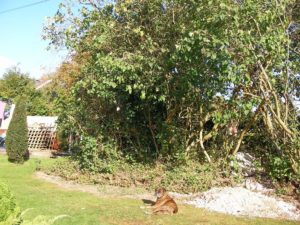
The proposed work… The owners felt that to try to work with what they had, was impossible, and wanted something ‘low maintenance’. Dean Rural Services were approached to tackle this project and David Plunton, who has a background in wildlife conservation, and pond restoration/installation decided how the site could be improved.
The outcome was that a radical overhaul seemed to be the only solution. The sensible option seemed to be, to grub out everything growing on the bank and replant it with semi-mature specimen trees. To provide ground cover, Wildflower Turf fitted the requirements perfectly. It is easily managed, and will provide a natural feature to the garden.
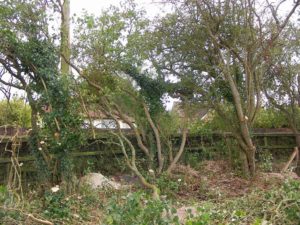
Work achieved…Over a period of approximately 10 days Dean Rural Services cleared the bank area, re-shaped it and prepared the ground for planting some trees as well as for installation of the Wildflower Turf. The images below show the work in progressive stages.
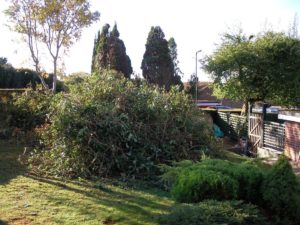
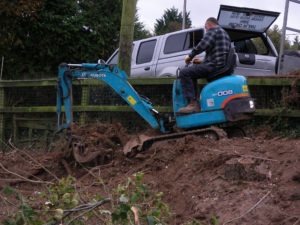
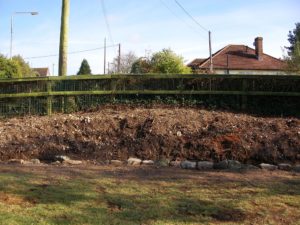
Hawthorn and Whitebeam, are two members of the Rosaceae family, and were the chosen tree species.
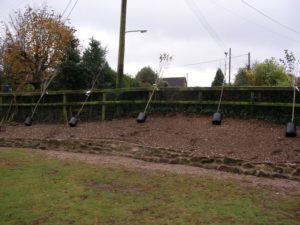
It is important to mention that while the original shrubs and trees would have provided a valuable habitat for many species, by replacing them with Hawthorn and Whitebeam (which are both native), as well as the wildflower meadow, it is still just as valuable a habitat, if not more so…
Whitebeam is a small deciduous hedging tree, and Hawthorn is a traditional hedge species, and can support up to 150 species of invertebrate, and these insects provide food for birds, mammals and amphibians.
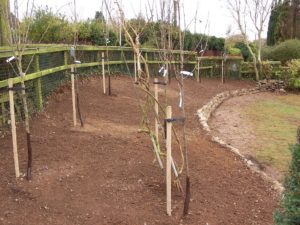
This illustrates the importance of hedges: they can link habitats of value, allowing species to move around during the year to breed. Although in this case the site is not linked to any adjacent habitats, and the trees will need to be kept relatively small, it will still provide a valuable environment for many species of invertebrates, mammals, and birds. Why? Because it will additionally provide food and shelter, in the manner of shade, shelter, warmth, and suitable food plants.
There is a golf course not too far away, and you would expect some wildlife to find its way over to the meadow, especially butterflies and bees, in search of nectar sources.
Finished project…The clients John and Liliane Brooks along with Dean Rural Services are really pleased with the outcome, and mentioned that they look forward, in due course, to seeing it in flower.
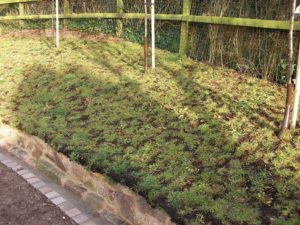
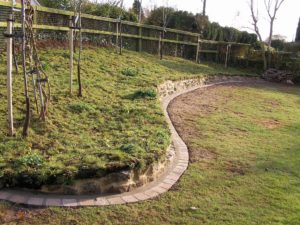
Testimonials …
“The photo’s bear testimony to the great success of this project!” John and Liliane Brooks.
“We were surprised at how much greener and better it looks than shown on your video.” David Plunton, Dean Rural Services.
“Many thanks for your help it is much appreciated.” John and Liliane Brooks.
“The bank area looked so natural – as though it had been that way for ever.” John and Liliane Brooks.